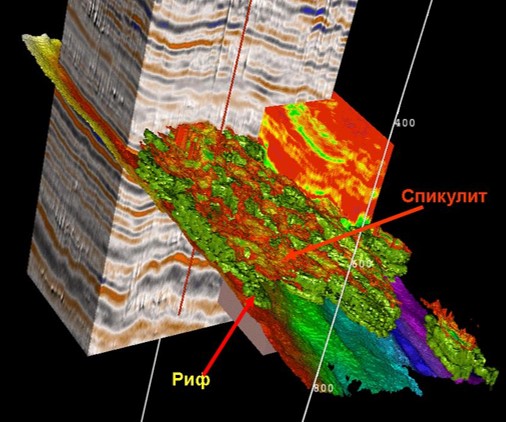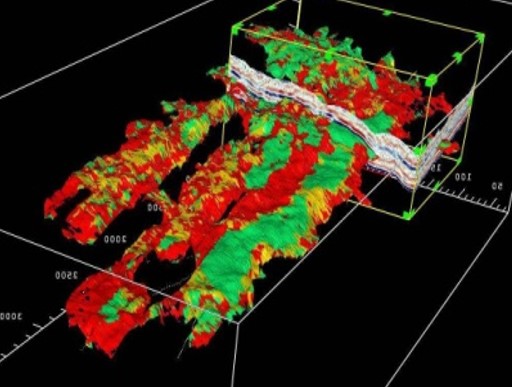Ecology
When carrying out work on the study and development of the resources of the continental shelf of the Barents Sea, LLC VostokInvestNeft has been paying due attention to environmental protection and ecological safety since its inception. In the Arctic, which is characterized by increased sensitivity to any pollution due to extremely slow self-cleaning of the environment, this circumstance is of particular importance.
At the licensed areas of LLC VostokInvestNeft, FGUP VNIIOkeangeologiya carried out marine ecological and geochemical studies to monitor the natural environment.
Their main task was to identify the background and anomalous characteristics of pollutant complexes in surface bottom sediments and water columns in the contours of promising structures and at the design points of the first deep exploration wells prior to deep exploration drilling for oil and gas.
The results obtained make it possible to assess the current ecological state of individual components of the marine environment and the ecosystem as a whole and, first of all, the natural level of pollution of the marine environment, and will be the initial basis for environmental monitoring in the process of geological exploration and production for oil and gas.
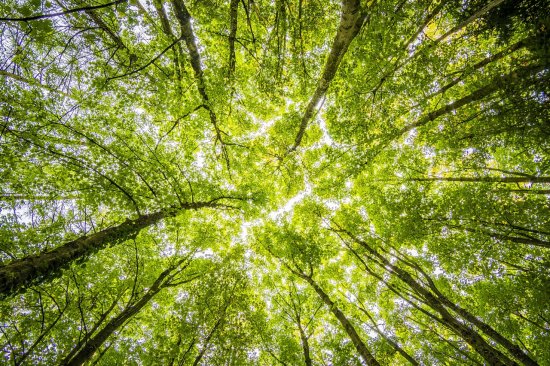
Oil and gas prospects
According to the results of geological and geophysical studies, the KKM belongs to the East Barents province, and in its composition – to the South Barents oil and gas region or is separated into a separate region. By analogy with the neighboring areas of this province and the provinces adjacent to the west and east (West Barents and Timan-Pechora), Triassic, Permian-Carboniferous, and Devonian deposits are considered as the main oil and gas complexes.
The main oil and gas fields of the Timan-Pechora oil and gas field are associated with Paleozoic sediments, mainly Upper-Lower Carboniferous and Upper Permian carbonate complexes
Model of the formation of oil and gas content of the Kola-Kaninskaya monocline, southwestern side of the South Barents depression The nature of the display on the seismic time section of the Upper Permian reef structures in individual license areas and their 3D morphology, as well as the Vladimirskaya and Vostochnaya anticlinal structures located, respectively, in the Kola-1 and Kolsky-3 areas.
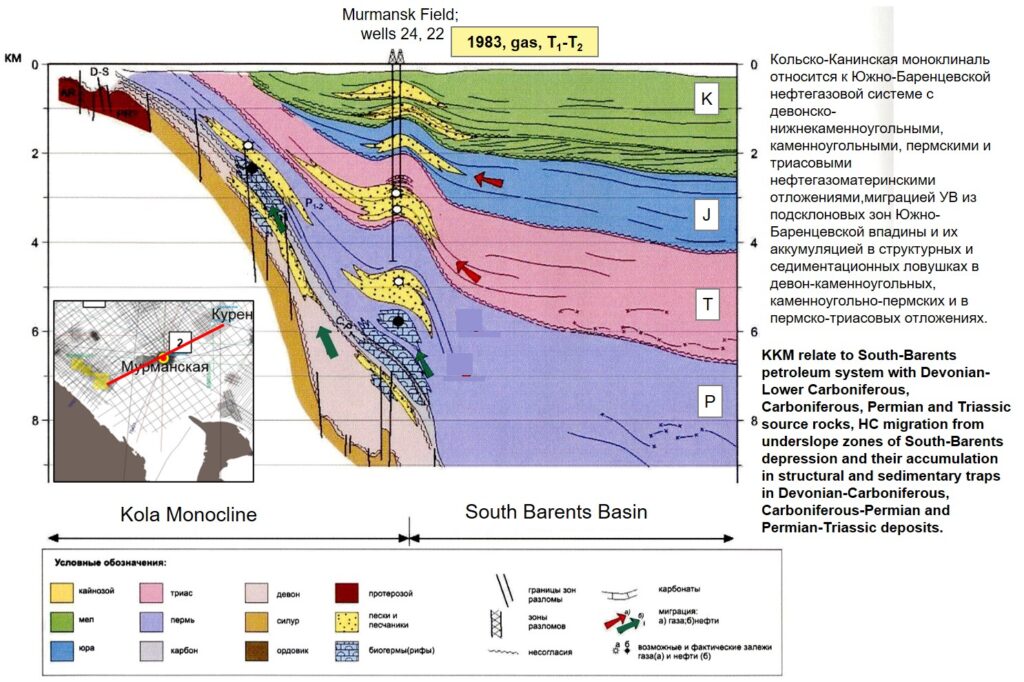
Strategy and plans
In accordance with its licensing obligations, LLC VostokInvestNeft has completed a large-scale complex of marine geological and geophysical, geochemical, engineering and geological, geoecological and research work at the Kolsky-1, Kolsky-2, and Kolsky-3 areas, including:
- reprocessing of retrospective 2D seismic data in the amount of 9 600 linear meters. km within the Kola-Kaninskaya monocline;
- 2D seismic work in the amount of 5,300 linear meters. km;
- 3D seismic survey, on an area of 400 sq. km;
- processing and interpretation of the obtained 2D and 3D seismic data within the license areas;
- digital processing and interpretation of 2D data in the amount of 4525 linear meters. km using quasi-3D technology on an area of 1150 sq. km;
- creation of a 3D seismic cube on an area of 654.4 sq. km in SEGY format based on a network of 2D profiles at the Kolsky-3 license area;
- processing of regional profiles in the Barents Sea in the amount of 24 589 linear meters. km;
- engineering work at 3 sites for prospecting and appraisal drilling;
- engineering and environmental surveys for the purpose of monitoring the natural environment and geochemical studies in the area of work;
- zonal working project for drilling 3 prospecting wells.
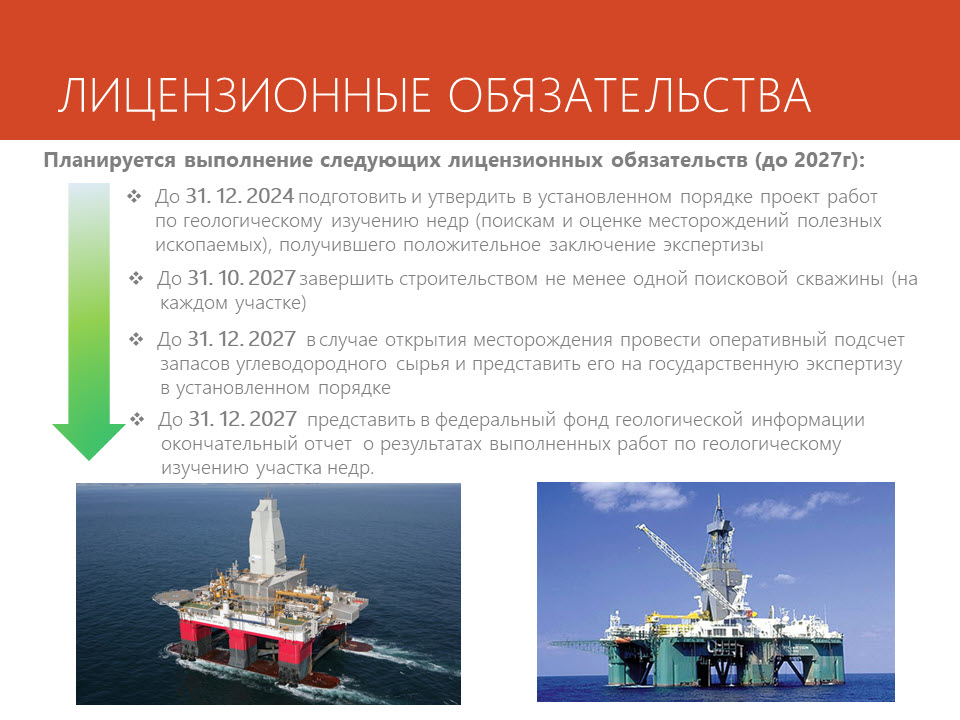
Resource Assessment
The main potential of the Kola-Kaninskaya monocline is associated with organogenic edifices (anomalies of the “reef” type) in the Carboniferous – Permian sediments. In the equatorial part of the Timan-Pechora province, the main reserves of all deposits are confined to similar structures in the coal-lower Permian part of the section. In the Norwegian sector of the Barents Sea, oil deposits have been discovered in Upper Permian organogenic structures in a number of areas. Within the license areas, there are 15 large organogenic structures with a total area of more than 500 sq. Km.
